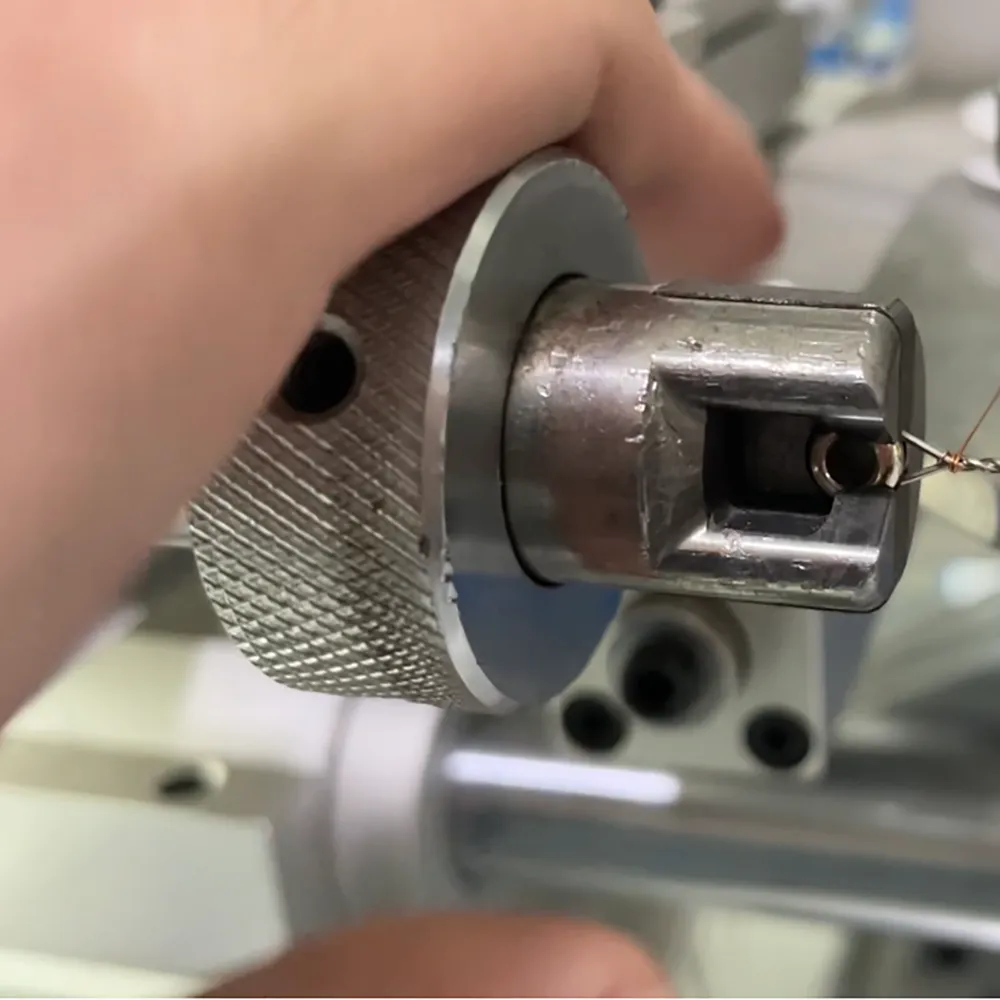How to make guitar strings?
Introduction
Guitar strings are an essential component of any guitar, and their manufacturing process is a precise and intricate one. Understanding the manufacturing process of guitar strings is essential for both musicians and manufacturers alike. In this step-by-step guide, we will explore the guitar string manufacturing process, from the raw materials to the finished product. We will discuss the various steps involved in creating a high-quality guitar string, including the wire drawing process, string core formation, winding, and finishing. By the end of this guide, you will have a comprehensive understanding of the guitar string manufacturing process.
Raw Materials
The first step in the guitar string manufacturing process is the selection of high-quality raw materials. The three primary materials used in guitar string production are steel, brass, and bronze. Steel is the most commonly used material for electric guitar strings, while acoustic guitar strings are typically made of bronze or brass. The quality of the raw materials used is critical to the final sound and durability of the guitar string. Once the raw materials have been selected, they are then processed through a series of steps to create the final guitar string product. The wire drawing process is the first step in this process and involves the creation of a wire of the desired diameter and quality.
Wire Drawing
After the raw materials have been selected, the next step in the guitar string manufacturing process is wire drawing. Wire drawing is a process in which the raw materials are processed through a series of dies to create a wire of the desired diameter and quality. During the wire drawing process, the raw materials are stretched through a die, reducing their diameter and increasing their length. This process is repeated several times until the wire has reached the desired diameter and quality. Once the wire has been drawn to the proper size, it is then coated with a thin layer of protective material to prevent rusting and corrosion. The wire is now ready to be used in the next step of the guitar string manufacturing process.
Core Production
Once the wire has been drawn and coated, it is time for the core production stage of the guitar string manufacturing process. In this stage, the wire is wrapped around a steel core to create the inner core of the guitar string. The core is typically made of high-carbon steel, which provides strength and durability to the string.
The wire is carefully wrapped around the core in a precise manner to ensure that the string is uniform in size and tension. This process is typically performed by a machine, although some manufacturers may still use manual methods. Once the wire has been wrapped around the core, it is ready for the next stage of the guitar string manufacturing process.
Winding
The winding stage is where the outer layer of the guitar string is created. The core, which has been created in the previous stage, is placed on a string winder where a thin wire is wound around it. This wire is typically made of bronze, nickel, or other metals and is responsible for the tonal characteristics of the string.
The winding process is critical to the overall sound and playability of the guitar string. The thickness and tightness of the winding can greatly affect the tone and feel of the string. Therefore, manufacturers prefer precise string winding machines to control the winding process and ensure that the strings are consistent in size and quality.
After the winding process is complete, the excess wire is cut and the guitar string is ready for the final stages of the manufacturing process.
Coating
After the winding process, the guitar strings are usually coated with a thin layer of material to improve their durability, tonal characteristics, and playability. Coatings also help to protect the strings from corrosion and extend their lifespan.
There are several types of coatings available, including polymer coatings, nanotechnology coatings, and electroplating coatings. Each type of coating has its own advantages and disadvantages, and manufacturers often choose a coating based on the intended use of the guitar strings.
The coating process typically involves applying the coating material to the wound string using a variety of methods, such as spraying, dipping, or electroplating. The coated strings are then dried and packaged for distribution.
Overall, the coating process is a crucial step in guitar string manufacturing, as it can significantly affect the sound and playability of the strings.
Quality Control
Ensuring the quality of guitar strings is essential to producing a product that musicians can trust and rely on. Throughout the manufacturing process, quality control checks are performed to ensure that each guitar string meets the required specifications. These checks include measurements of diameter, tension, and durability testing. The strings are also inspected visually for defects or imperfections. Any strings that do not meet the required standards are discarded, and the manufacturing process is adjusted accordingly to prevent future issues. By prioritizing quality control, guitar string manufacturers can ensure that their products meet the high standards that musicians demand.
Conclusion
In conclusion, the guitar string manufacturing process is a complex and intricate process that involves several steps, from wire drawing to coating and quality control. It requires attention to detail, precision, and expertise to produce high-quality guitar strings that meet the needs of musicians. By following this step-by-step guide, we hope that you have gained a better understanding of the guitar string manufacturing process and the care that goes into producing each and every string. Whether you are a musician looking to produce your own strings or a manufacturer looking to improve your processes, we hope that this guide has been informative and helpful.

